Yantai Oriental Industry Group
Based on iron and steel, facing the future, pioneering, innovating and sustainable development
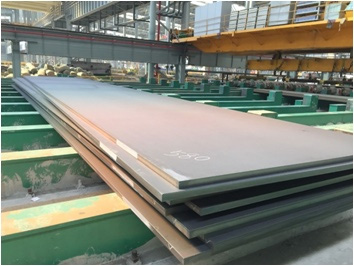
Steel plates with thickness above 4mm belong to medium-thick steel plates. Steel plates with thickness of 4.5-25.0 mm are called medium thickness plates, those with thickness of 25.0-100.0 mm are called thick plates, and those with thickness over 100.0 mm are called extra-thick plates. It is mainly used in construction engineering, machinery manufacturing, container manufacturing, shipbuilding, bridges, etc.
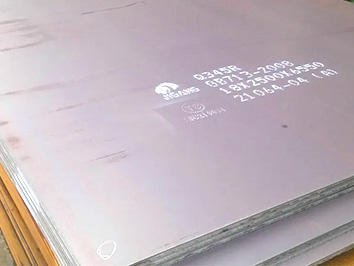
Container plate is a large category of steel plates. Container plate, with special components and properties, is mainly used for pressure vessels. According to the different uses, temperature and corrosion resistance, the material of the container plate should be selected differently. It is widely used in petroleum, chemical, power station, boiler and other industries, used to make reactors, heat exchangers, separators, spherical tanks, oil and gas tanks, liquefied gas tanks, nuclear reactor pressure shells, boiler drums, liquefied gas cylinders, Equipment and components such as high-pressure water pipes and turbine volutes of hydropower stations.
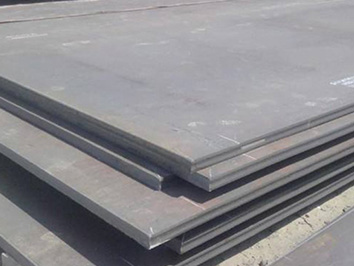
High-strength steel plate (high-strength plate) refers to the grade Q460 steel with high strength, especially in the normalized or normalized and tempered state, which has high comprehensive mechanical properties. It is mainly used for large ships, bridges, power station equipment, medium and high pressure boilers, high pressure vessels, rolling stock, hoisting machinery, mining machinery and other large welded structures.
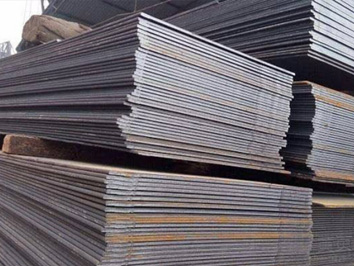
Structural steel for hull is divided into strength grades according to its minimum yield: general-strength structural steel and high-strength structural steel. Ship plate refers to the hot-rolled steel plate produced in accordance with the requirements of the construction rules of the classification society for the manufacture of ship hull structures. The general-strength structural steels in the CCS standard are divided into four quality grades: A, B, D, and E (ie, CCSA, CCSB, CCSD, CCSE); the high-strength structural steels in the CCS standards are three Strength levels, four quality levels.
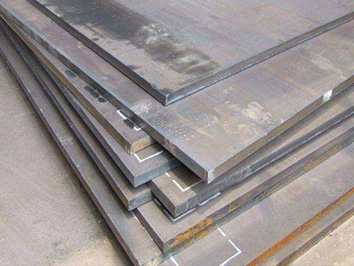
It is often called No. 45 steel in China. No. 45 steel number indicates the chemical composition (the carbon content is about 0.45%). In general, in the spot market most products are hot-rolled. The cold rolling material is between 1.0~4.0mm. No. 45 steel is high-quality carbon structural steel, which belongs to medium carbon steel. It can be quenched. After heat treatment, its strength and hardness are high, so it is suitable for making mechanical parts for occasions requiring large force and good wear resistance. It is a mechanical steel, mainly used for mechanical parts, such as shafts, gears, high-strength bolts, etc.
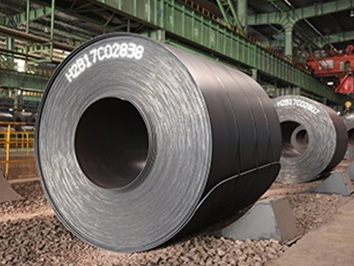
Hot rolled coil is made of slab (mainly continuous casting billet) as raw material. It is made into steel strip by rough rolling and finishing rolling after heating. Due to its high strength, good toughness, easy processing and good weldability properties, hot continuous rolled steel products are widely used in ships, automobiles, bridges, construction, machinery, pressure vessels and other manufacturing industries.
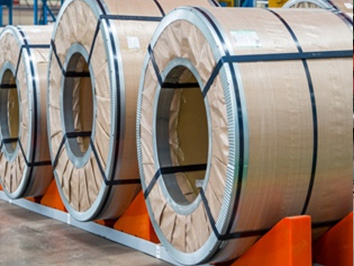
Pickling plate is made of high-quality hot-rolled sheet as raw material. Surface quality and use requirements (mainly cold-formed and drawing performance) are between hot-rolled sheet and cold-rolled sheet. It is an ideal substitute for some hot-rolled and cold-rolled plates. It is mainly used in the automobile industry, compressor industry, machinery manufacturing, spare parts processing, fan industry, motorcycle industry, steel furniture, hardware accessories, electrical cabinet shelves and drawing parts of various shapes. With the advancement of technology, hot-rolled pickling plates have been involved in industries such as home appliances, containers, and electrical control cabinets.
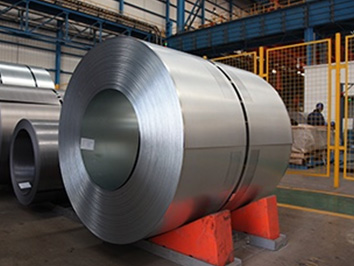
It refers to the product produced from hot-rolled strip as raw material, after pickling and high pressure at room temperature. It has good cold forming performance. RECC and RECS are widely used in electrical cabinets, welded pipes, mechanical shells, home appliances and furniture, hardware, bicycles, racks, punching nets and other industries
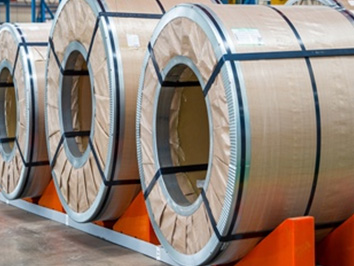
Galvanized coils is produced by s immersing steel in a molten zinc bath to make a sheet of zinc coated on its surface. It is mainly produced by continuous galvanizing process, that is, the rolled steel plate is continuously immersed in a plating tank with zinc melted. Galvanized coils can be divided into hot-rolled and cold-rolled hot-dip galvanized coils, which are widely used in construction, home appliances, automobiles, containers, transportation and household industries. Especially in steel structure construction, automobile manufacturing, steel silo manufacturing .
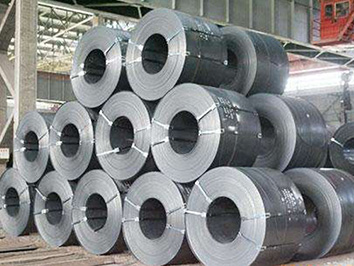
Wheel steel is the steel to be used in automobile wheels production. It is mainly divided into automobile wheel steel and railway wheel steel. Wheel steel requires high strength, toughness and plasticity, high fatigue resistance, wear resistance and thermal crack resistance. Automobile steel wheels are formed welded by steel plates. YB/T 4151-2015 stipulates that automobile wheel steel shall be indicated with CL added behind tensile strength value. Low carbon manganese steel is mostly used, and the tensile strength level ranges from 330MPa to 590MPa.
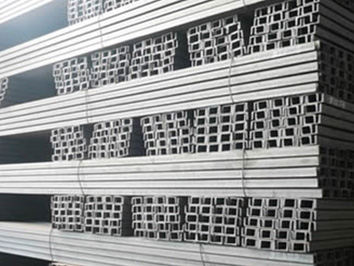
U steel is a long strip of steel with a groove-shaped cross-section. It is carbon structural steel for construction and machinery with a complex cross-section. U steel is mainly used in building structure, curtain wall engineering, mechanical equipment and vehicle manufacturing.
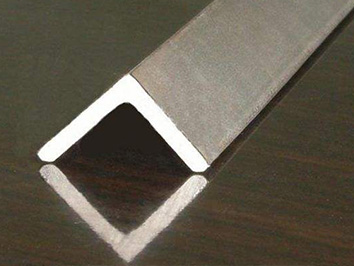
Angle Steel is a long strip of steel with two sides perpendicular to each other. It is widely used in various building structures and engineering structures, such as beams, bridges, power transmission towers, lifting and transporting machinery, ships, industrial furnaces, reaction towers, container racks, cable trench supports, power piping, bus bar support installation, and warehouses shelves etc.
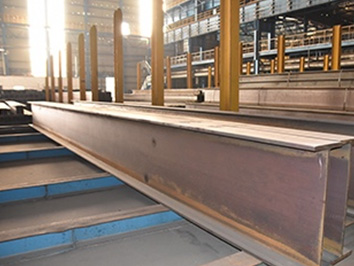
I-beam, also known as steel beam (Universal Beam), is a long strip of steel with an I-shaped cross-section. I-beams are divided into ordinary I-beams and light I-beams. It is a section steel with an I-shaped section. Due to high and narrow section size, the inertia moment of the two main axes of the section is quite different. It can only be directly used for bending in the plane of its web member or form it into a lattice-type force-bearing member. I-beams are widely used in construction and other metal structures.
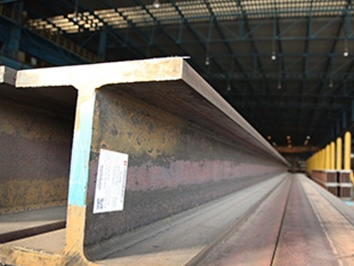
H-beam is an economical section and high-efficiency profile with more optimized cross-sectional area distribution and more reasonable strength-to-weight ratio. It is named because its cross section is the same as the English letter "H". Since all parts of the H-beam are arranged at right angles, the H-beam has the advantages of strong bending resistance, simple construction, cost saving and light weight and has been widely used. It is mainly used for: civil and industrial building structures; large-span industrial plants and modern high-rise buildings, especially industrial plants in areas with frequent seismic activity and high-temperature working conditions; long span bridge requiring large bearing capacity, good cross-section stability; heavy equipment; highways; ship skeletons; mine support; foundation treatment and embankment engineering; machine components.

Wheel steel is the steel to be used in automobile wheels production. It is mainly divided into automobile wheel steel and railway wheel steel. Wheel steel requires high strength, toughness and plasticity, high fatigue resistance, wear resistance and thermal crack resistance. Automobile steel wheels are formed welded by steel plates. YB/T 4151-2015 stipulates that automobile wheel steel shall be indicated with CL added behind tensile strength value. Low carbon manganese steel is mostly used, and the tensile strength level ranges from 330MPa to 590MPa.
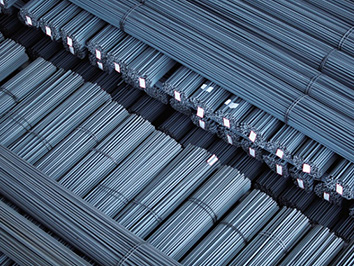
The grade of rebar consists of HRB and the minimum yield. H, R, and B are the first letters of the Hot-rolled, Ribbed, and Bars. Hot-rolled ribbed steel bars are divided into three grades: HRB335 , HRB400, and HRB500. Rebar is widely used in civil engineering construction such as houses, bridges and roads.
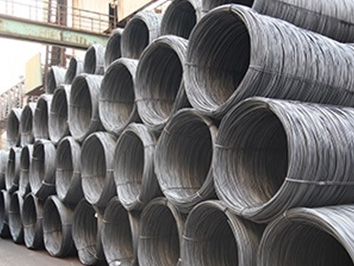
Common wire refers to ordinary low carbon steel hot-rolled wire rod, also known as ordinary wire rod. It is hot-rolled from Q195, Q215, Q235 ordinary carbon steel, with a nominal diameter of 5.5-14.0mm. Generally, the weight of each coil is 100 -200kg.Common wires are mainly used for construction, wire drawing, packaging, welding rods and the manufacture of bolts, nuts, rivets, etc.

High-speed wire usually refers to the wire rod rolled by "high-speed non-twist rolling mill". common ordinary low-carbon steel non-twist-controlled cold and hot-rolled wire rod (ZBH4403-88) and high-quality carbon steel non-twist Controlled cooling, hot rolled wire rod (ZBH44002-88). Used for reinforcing or welding structural parts of reinforced concrete in buildings, drawn into steel wires of various specifications, then twisted into steel wire ropes, braided into wire meshes, wound and formed into springs, heat-treated into springs, hot and cold forged into rivets and Cold forging and rolling into bolts, screws, etc., and cutting into heat treatment to make mechanical parts or tools.

Seamless pipe is a long strip of steel with a hollow section and no seams. It is mainly used for underground pipeline transportation, groundwater extraction, boiler hot water transportation, gas transmission, water power generation fluid pipeline, anti-static pipes for wind power plants, etc. It is also used in machining, bearing sleeves, processing machinery parts, etc. .
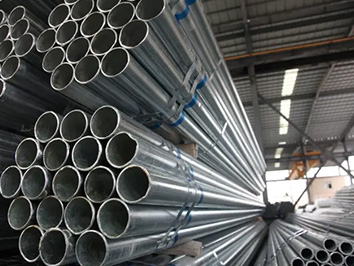
Galvanized steel pipe is a welded steel pipe with a hot-dip galvanized or electro-galvanized layer on the surface. Galvanizing can increase the corrosion resistance and prolong its service life. Galvanized pipes are widely used in pipeline for general low-pressure fluids such as water, gas, and oil. They are also used as oil well pipes and oil pipes in petroleum industry, especially in offshore oil fields, oil heaters and condensers in chemical coking equipment, Pipes for coolers, coal distillation washing oil exchangers, and pipes for trestle piles, supporting frames for mine tunnels, etc.
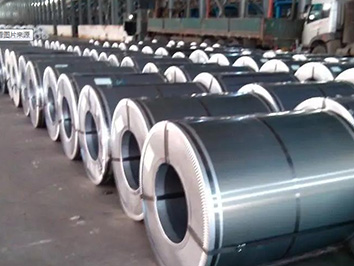
Non-oriented silicon steel is a silicon-iron alloy with very low carbon content. The grains in the deformed and annealed steel sheet are randomly oriented and distributed. The silicon content of is 1.5% to 3.0%, or the sum of silicon and aluminum content 1.8% to 4.0%. Products are usually in cold-rolled sheets or strips with nominal thicknesses 0.35 and 0.5 mm, which are mainly used in the manufacture of electric motors and generators.
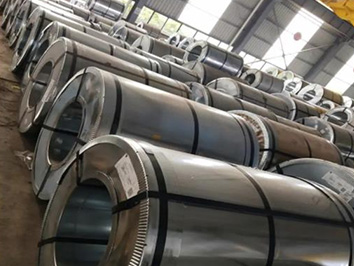
Cold-rolled grain-oriented silicon steel, also known as cold-rolled transformer steel, is an important ferrosilicon alloy which can be used in transformer (iron core) manufacturing industry. Its production process is complex with high manufacturing technology standard. It is mainly divided into ordinary oriented silicon steel (CGO) and high magnetic induction oriented silicon steel (HiB). Grain-oriented silicon steel was first introduced by N.P. Goss in the United States in 1930.